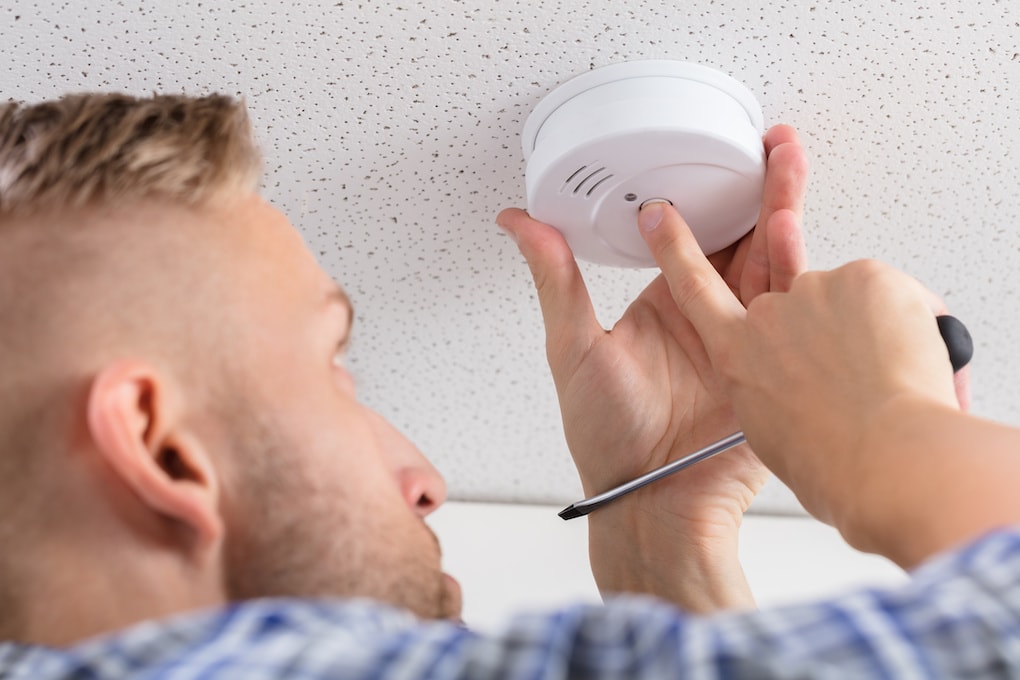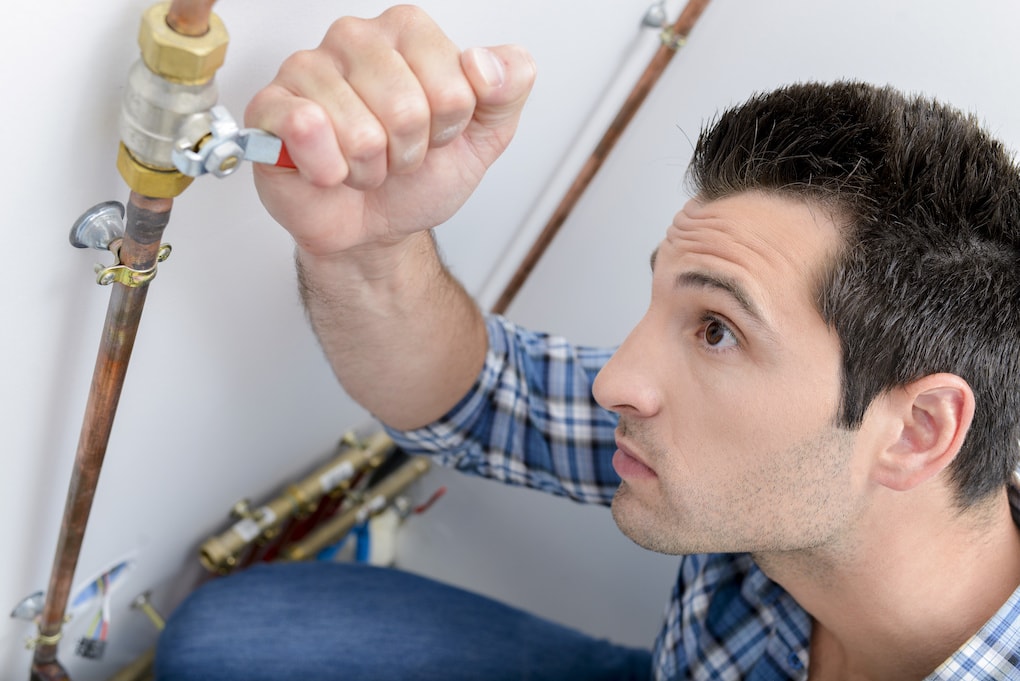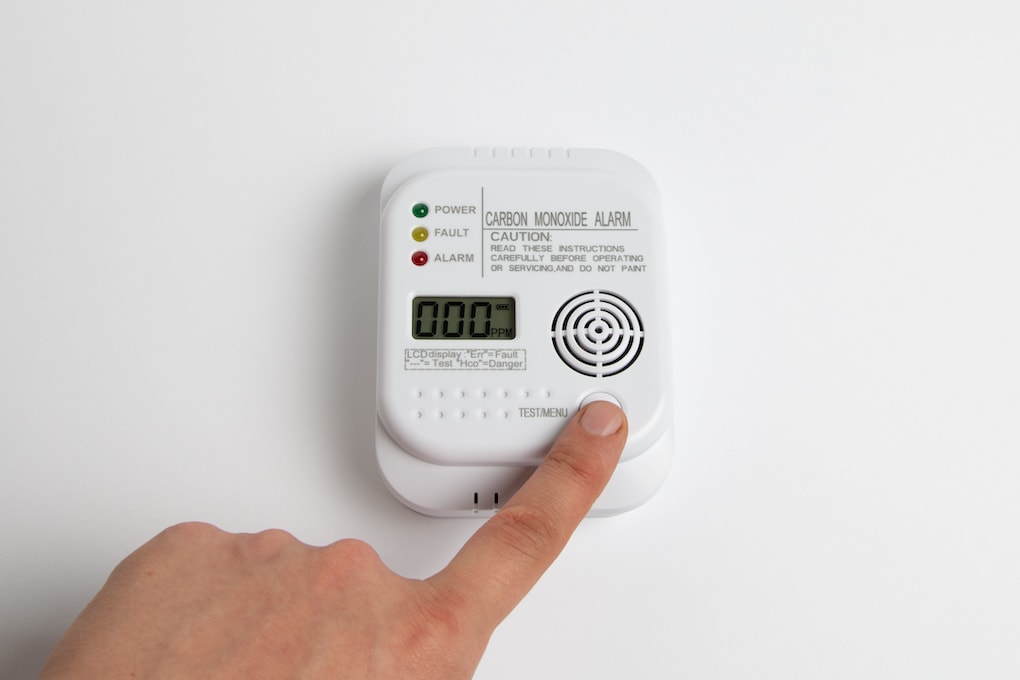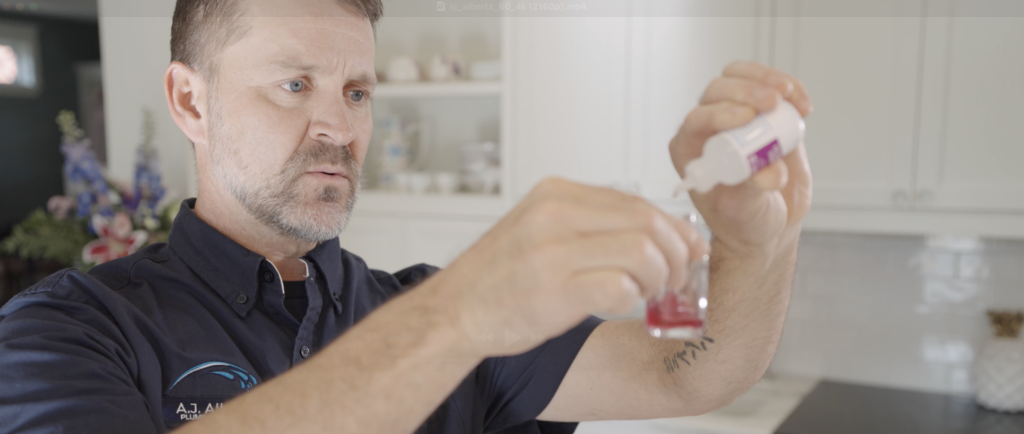No one wants to deal with a gas leak. Despite that, gas leaks are responsible for causing $133 million in property damage and 17 fatalities per year in the United States. If you do find a gas leak, you must tread carefully. As the statistics show, they can be hazardous to pinpoint and repair.
To reduce incidents of gas leak damages, every homeowner needs to understand how to identify and fix the leak or know when it’s time to call a professional. Here are some tips on how to identify and fix a gas leak and keep your home safe.
How to Identify Gas Leaks
The first step to fixing a gas leak in your home is detecting the leak. Gas leaks can occur anywhere and everywhere in your gas pipe system. However, if you suspect a leak, there are specific common areas to start your search.
The fittings that join your pipes together are a common area for gas leaks. This includes the regulators, risers, and old shut-off valves. These areas are prone to leaks if they get disturbed or are not tight enough.
In addition, you should watch for various signs of gas leaks in your home. These may include:
Gas Smell
Natural gas is colorless, odorless, and tasteless on its own. Because of that, gas companies add sulfur compounds (mercaptan) to make them easily detectable (and very stinky). If you smell an unusual odor similar to rotten eggs inside your house, that could be a sign that you have a gas leak. The first thing you should do is check to make sure your stove or oven is off.. If your stove or oven wasn’t the source of the smell, then you should call a professional to inspect your gas lines for potential leaks.
A Hissing Sound
When there’s a leak, the gas makes a hissing sound as it comes out through the gas lines. If you notice such strange noises, quickly inspect your gas line system to identify the sources.
Visible Signs
It can be daunting to detect gas leaks through smell and sound if the lines are running outdoors. However, inspect the areas around the pipes for any changes in appearance. For instance, if you notice dead grass along your gas line, this could be the result of a gas leak.
Carbon Monoxide Detectors
Gas detectors or carbon monoxide detectors can help discover gas leaks in your home. If there’s an accumulation of carbon monoxide or fumes in your home, the detectors will alert you. Mostly, gas detectors are stationary, but you can also get a portable one. They are essential, especially if you’ve just made gas line repairs but still suspect leaks. Carbon monoxide detectors can save your life!

Increased Bills
Gas leaks can cause your utility bills to skyrocket. Therefore, if you notice an outrageous monthly utility bill, inspect your gas lines for leaks.
How to Fix a Gas Leak
There are two ways to deal with a gas leak: repair the leak yourself or contact a licensed plumber. The safest option is generally to let a professional plumber handle the repairs. However, if you have some DIY knowledge and skills, you can do the repairs without professional assistance.
Here is a step-by-step guide to fix a gas leak.
Switch Off the Gas
As soon as you suspect and identify a gas leak, you should shut your gas off immediately. There are four main places to shut off your gas supply.
Start by shutting off the oven or stove as it is a common area for gas leaks. Sometimes the leak could be coming from the stovetop burners that are on but not igniting. For this, switch off the control dials and open some nearby windows to release the gas outside.
Behind the stove are gas line connections to the range or stove. Locate the valve and turn them off before examining and tightening the connections to your oven or gas.
If you suspect the leak is coming from the water heater, locate the valves close to the heater and shut them down. This will cut any gas supply to the water heater minimizing the risk of open flames.
The above methods only work when you know the specific location of the gas leak. You should only use this method if the smell of the gas is very faint. However, if you’re unsure of the location of the gas leak or don’t see any way to turn off the gas in specific areas, shut off the main gas valve in the gas meter. The main gas valve shuts off the gas supply to your home.
You’ll find the gas meter in your home’s utility area, like in the basement, the garage, or attached to the wall outside your house.

Remove the Outlet Covers
Mostly, gas lines are protected by outer covers made of plastic. Therefore, you’ll need to get rid of the covers to unearth pipelines. This will help detect the leak and also repair it without much effort.
It’s worth noting that inhaling the gas might cause serious complications to your respiratory systems, so put on gloves and a gas mask while uncovering the pipes.
Unhitch the Gas Line and Get Rid of the Residue Gas Pressure
High pressures in the pipelines are one of the primary causes of gas leaks in most homes. If you’re conducting gas line repairs, start by detaching the low-pressure gas line from the regulator.
There will be some gas residue even after turning off the gas line. You’ll need to get rid of the gas residue to alleviate the pressure on the pipes. Here, you’ll need a wrench to crack the line fittings in the high-pressure lines. This will remove the residue enabling you to work on the leaks effortlessly.
Clean the Line
You’ll need to remove any impurities present in the gas line. The best compound to use is acetone, a liquid solvent that breaks down and dissolves other substances. The liquid is highly volatile, colorless, and flammable with a pungent odor.
Sometimes, it is used to make paint and nail polish remover and will be perfect for removing impurities in your gas line.
Acetone removes the rust in your gas pipes, which could result in gas leaks if left unremoved.
Scuff the Surface
After cleaning the gas lines and removing the impurities, use sandpaper to scuff the surface. This process is to remove indentations and scratches on the surfaces and gas pipes to even them out.
After completing this process, clean the surface again with acetone.
Seal the Leaks
Once you’re through with cleaning and scuffing, place the gas pipes back to their positions. Angle the pipes correctly to avoid interference between the low-pressure gas line and the high-pressure gas line.
Once the pipes are correctly angled and attached, proceed to seal the leaks. Use a seal and rubber tape to shut the leaking points.
Apply the Epoxy
Lining your gas pipes with epoxy will help seal the leaks. Once applied, let the epoxy hold and cure for approximately one hour. The reason you are using epoxy to seal the leaks is to avoid replacing the whole system. However, if you can replace the leaking pipe with a new one, do so to avoid future leaks.
When the epoxy is fully cured, tighten the fittings on the high-pressure gas lines, then re-install the low-pressure gas line.

Run Some Tests on the Gas Line
After sealing a gas leak, you want to be sure that the process is successful by testing the gas line. Basically, you’re just looking for other possible leaks that you might have forgotten to seal.
Turn on the main valve in the gas meter and search for any possible leaks. You may want to use some of the methods we discussed earlier in the article. If you do not spot any leaks, it means you have sealed off all leaks successfully. If you notice any leaks, repeat the process above until there are no more leaks in your gas line system.
Place the Covers Back
The final step to fixing a gas leak in your home involves re-installing the covers. This should be done once you are sure that there are no more leaks. Remember, the gas line covers play a significant role in preventing gas leaks in your home.
Do You Need Professional Gas Line Repair Services?
Although you might save some money by making DIY gas line repairs, the entire process can be very dangerous. If you aren’t experienced in gas line repair, it’s always best to call the experts.
When choosing a plumber for gas line repairs, examine their skills and experience and go for someone who can handle any hurdles in your gas line system without causing more damage.
Also, check the tools and machinery used by the plumber to deal with gas line repairs. You want someone who uses state-of-the-art tools and machinery to diagnose leaks and conduct repairs. Premium machinery and tools will enhance quality and improve delivery speed. The plumber should be an excellent communicator, capable of explaining every problem in your system.
Gas Leakage Safety Tips
A small gas leak in your gas line system can bring a disaster to your home. This is why you need to know the steps to take in case you notice any leaks. Here are some safety tips to prevent a disastrous gas leak in your home.
Get Everyone Out
Once you detect a leak in your gas line system, get everyone (and the pets) in your home to a safe location far away from the home. This will help prevent exposure to the gas and prevent fatal consequences should the gas ignite.
If you’re planning to search for the leak and repair it yourself, you should be the only person on the premises. If not, evacuate the premises as well.
Leave All the Windows and Doors Open
When there’s a natural gas leak, leave all the doors and windows open if you can so that the gas doesn’t accumulate in your house. If it does, it could be a danger to you and everyone in the home.

Call for Help
Once everyone is at a safe distance, call for help from the state’s natural gas emergency line or your local fire department. Note that you’ll need to alert the relevant authorities even if you plan to fix the problem yourself.
Do not Touch Anything
When there’s a gas leak, even a light spark can cause ignition. Therefore, it’s important to leave everything as it is while evacuating the premises. Do not turn on or off an electric switch as it may trigger ignition and possibly a huge explosion. For outdoor gas leaks, don’t start your car; just walk a safe distance away.
Everyone in the home should not operate a phone or any electronic device. If you must use a phone to call for help, do it while at a safe location. This is because cellphones can generate static energy, igniting the gas, causing a massive explosion.
Avoid Open Flames
Don’t ever light a match whenever you notice a gas leak in your home. Since natural gas is highly flammable, any open flame could set your entire house on fire. If you’re a smoker, do not light or smoke a cigarette near your home. Also, avoid using candles and flashlights at this time.
Act Fast
You should never ignore any signs of gas leaks in your home. The problem won’t go away on its own if you do not act fast. Instead, the leak could worsen, risking your life and those of your family.
Thus, whenever you suspect a gas leak, diagnose the cause of the leak and fix it right away.
Call a Professional for Gas Line Repair Services
It’s good to put your DIY skills to the test. However, gas line repair services are best left to experienced professionals. Call an experienced plumber to inspect the repairs to avoid future problems even if you do the repairs yourself.
Gas line leaks can result in various harmful effects and even death. Therefore, it’s best to fix the leak before they cause a massive disaster in your home. If you have the knowledge, skills, and experience to handle gas line repairs, use this guide to fix the problems. If not, let the professional plumbers at AJ Alberts handle the job. We’ll be there for you as soon as possible to remedy the issue and keep you and your family safe.








